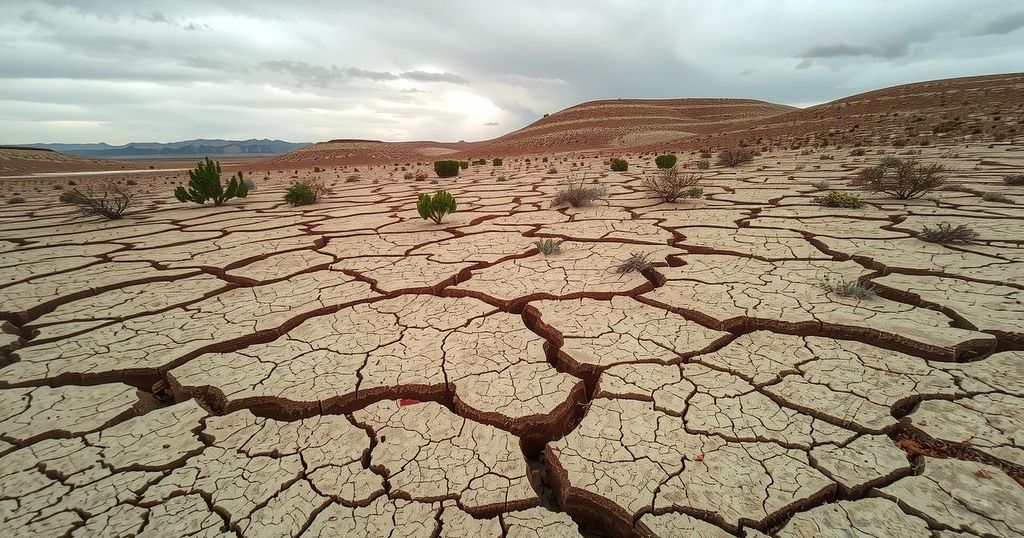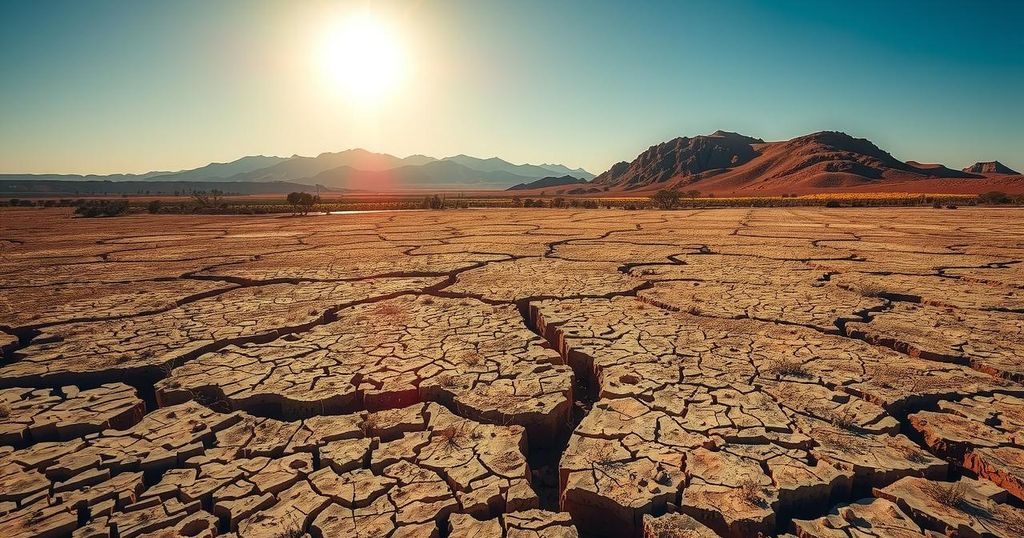Minister of Equipment and Water Acknowledges Drought Challenges Amid Rainfall
Minister Nizar Baraka discussed the ongoing drought crisis in Morocco despite recent rainfall, noting improvements in water resources. While regions like Chefchaouen and Taza benefited from substantial rain, challenges persist in areas such as Tensift and Souss. Baraka emphasized the importance of advancing water management initiatives and set a target to enhance dam storage capacity significantly by 2030.
Nizar Baraka, the Minister of Equipment and Water, addressed the ongoing drought crisis in Morocco despite recent rainfall and snowfall. During his remarks on the program “Nokta Ila As-Satr” aired on Al-Aoula channel, he acknowledged improvements yet stressed that the country is still facing structural drought conditions. He emphasized that recent rainfall has brought a notable decrease in drought intensity and has had a beneficial impact on various water resources.
The minister highlighted how rainfall has positively impacted dam reservoirs, potable water supplies, groundwater levels, and agricultural land. Regions such as Chefchaouen, Taza, and Taounate experienced over 300 millimeters of rain, while cities like Rabat and Beni Mellal saw upwards of 170 millimeters. Additionally, he noted that recent snowfall covered an area of 11,000 square kilometers, representing a significant improvement from the previous year.
Baraka reported that current water storage in the dams stands at 6 billion cubic meters, amounting to over 35% of their total capacity. In just ten days, the dams have added 1.4 billion cubic meters of water, with four major water basins—Loukkos, Tensift, Oum Er-Rbia, and Moulouya—exceeding 50% capacity. He remarked that these improvements have moderated the drought conditions, reflecting a decrease of 18% compared to the annual average.
Despite some regions continuing to struggle with drought, others have improved. Areas like Oued Noun, Ziz, and Ghriss are no longer in severe drought phases, while cities such as Errachidia and Zagora have assured drinking water resources for the next few years. The minister also underscored the urgency of implementing royal directives for managing water resources effectively, particularly in terms of constructing new dams for rainwater storage.
In closing, Baraka revealed a future goal of increasing dam storage capacity to 26 billion cubic meters by 2030, building upon the 20 billion cubic meters capacity already established, which includes the 6 billion cubic meters achieved through recent rainfall.
Nizar Baraka’s statements reflect a complex situation regarding Morocco’s water resources. While recent rainfall and snowfall have alleviated some drought conditions and improved dam storage levels, significant challenges remain. Continued efforts in water management and infrastructure are essential to ensure resilience against future droughts and secure water supply in vulnerable regions across the country.
Original Source: fesnews.media




Post Comment